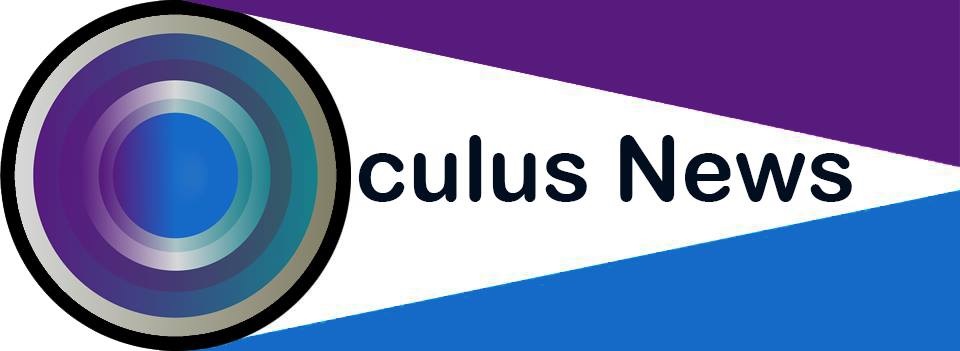The number of Albanian children in the diaspora has significantly increased, which brings about both responsibility and the need for professionalism in teaching the mother tongue. The various social and linguistic environments in which these children live greatly influence their ability to learn and speak Albanian. The unification of the textbook “Albanian Language and Albanian Culture” is a significant achievement that has not only helped children wanting to learn Albanian, but also supported teachers. The goal is not just communication, but also the preservation of national identity, origin, and much more.
Adapted according to the educational curricula in Albania and Kosovo, this textbook has become essential for Albanian children in the diaspora, as Albanian is their second language while the first is the language of the country they live in. Often, teaching the Albanian language needs to be explained using the linguistic structure of the language of the country where the children grow up. This is a challenge for teachers because they must be careful when pronouncing some specific phonemes that the Albanian language has, such as: double consonants, palatal sounds, and laryngeal phonemes.
One such example is in Sweden, where a significant number of Albanian children are born, and when they speak or read Albanian, they often rely on the Swedish language structure and pronunciation. This complicates the correct pronunciation of Albanian consonant clusters like “ll”, “rr”, “sh”, “dh”, “nj”, “xh”, “zh”, and “gj”, as they often read them as separate letters or skip them, which further complicates their speech and understanding. Another issue arises with the pronunciation of the letter “O” in Albanian versus “O” in Swedish, where the latter is pronounced as -u.
Similarly, the letter “U” in Albanian is pronounced as -y in Swedish. For instance, this challenge becomes apparent during dictations, as when the teacher reads a text and the students have to write it down, they often unconsciously write the words with “-o”, “-u”, “-y”, “-e”, etc., according to Swedish pronunciation rather than the correct Albanian spelling. Here, teachers must spend extra time emphasizing these letters, for example, by repeatedly using them in different texts or illustrating the text with audio or video that focuses specifically on this issue, enabling the children to distinguish and learn the correct pronunciation in Albanian.
Another challenge Albanian children face when learning their mother tongue is the word order in sentences. Since the Swedish language has a fixed word order in sentences, unlike the more flexible word order in Albanian, children often write according to the Swedish grammatical structure, which not only complicates their understanding but also their speaking and writing in Albanian. A common case is the use of negation, where in Swedish, the negation comes after the verb. For instance, while in Albanian we say “I am not me,” in Swedish, the structure is “Det är inte jag” (It is not I). Teachers need to pay special attention to this and should work with short and simple sentences to help children understand the difference.
Teaching the Albanian language should be integrated with the language of the country where the children live. Often, the teacher should provide comparative examples between the two languages, as this helps the children better understand the distinctions and learn how a simple sentence is constructed in Albanian versus the language of the country they live in. On the other hand, by developing integrated bilingual teaching, not only does pronunciation become easier, but it also enriches the vocabulary and lexical content of the texts.
Teaching Albanian in the diaspora, beyond its challenges, is a mission to keep the language alive across generations born and raised outside Albania and Kosovo. Through an inclusive approach for all Albanian children in the diaspora, teaching the Albanian language shifts from a challenge to a necessity, making children feel that the Albanian language is both an identity and a source of pride.
By Arta Emiri – Licensed Teacher of “Albanian Language and Albanian Culture” in Stockholm, Sweden.


